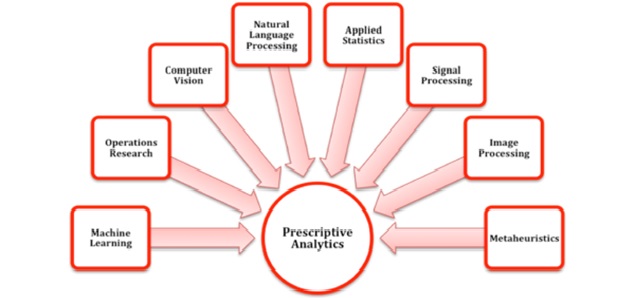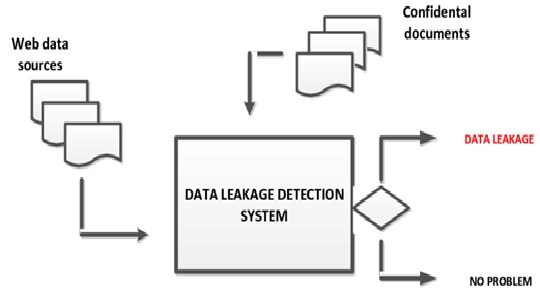The Methods of Prescriptive Analytics
Prescriptive analytics is the phase of data analytics focused on recommending specific actions to achieve desired outcomes. Unlike descriptive or predictive analytics, which explain what happened or what might happen, prescriptive analytics tells you what you should do next.

Figure 1. Key Techniques Used in Prescriptive Analytics.
Introduction to Prescriptive Analytics
Prescriptive analytics is the process of using data, algorithms, and models to recommend specific actions or strategies. To suggest what should be done in a given situation. Figure 1 shows Key Techniques Used in Prescriptive Analytics.
• How it differs:
- Descriptive: What happened?
- Predictive: What might happen?
- Prescriptive: What should we do about it?
Supply chain optimization, healthcare treatment plans, dynamic pricing, financial planning.
Optimization Techniques
Uses mathematical models to find the best solution from a set of feasible options.
• Common Techniques:
- Linear Programming (LP): Optimizing a linear objective function, subject to linear constraints.
- Integer Programming (IP): Similar to LP but variables are restricted to integers.
- Non-linear Programming: For problems where relationships are not linear.
• Applications:
- Optimizing delivery routes
- Allocating budgets efficiently
- Scheduling production in factories
Simulation Methods
• Types of Simulation:
- Monte Carlo Simulation: Uses random sampling to estimate outcomes.
- Agent-Based Modeling: Simulates the actions of individual agents (like customers or machines).
- Discrete Event Simulation: Models systems as a sequence of events.
• Applications:
- Hospital emergency room management
- Financial risk modeling
- Customer service optimization
Heuristics, Rules, and AI-Based Prescriptions
• Heuristics and Rule-Based Systems:
- Use experience or predefined logic to make decisions quickly.
- Examples: “If inventory < 100, reorder” or decision trees.
• Artificial Intelligence Approaches:
- Reinforcement Learning: Learns the best action through trial and error.
- Prescriptive AI: Combines AI and optimization to recommend actions.
Scenario Analysis and Decision Support
• Scenario & What-if Analysis:
- Evaluates how different choices affect outcomes.
- Helps organizations plan under uncertainty.
• Tools:
- Spreadsheet models (Excel)
- Business intelligence dashboards
- Simulation + optimization software
• Applications:
- Strategic business planning
- Cost-benefit analysis
- Crisis management (e.g., supply chain disruptions)
Reference:
- https://mindzie.com/2021/08/25/prescriptive-analytics-the-holy-grail-of-business-analytics-and-process-improvement/
Cite this article:
Nandhinidwaraka S (2021), The Methods of Prescriptive Analytics, AnaTechMaz, pp. 42















